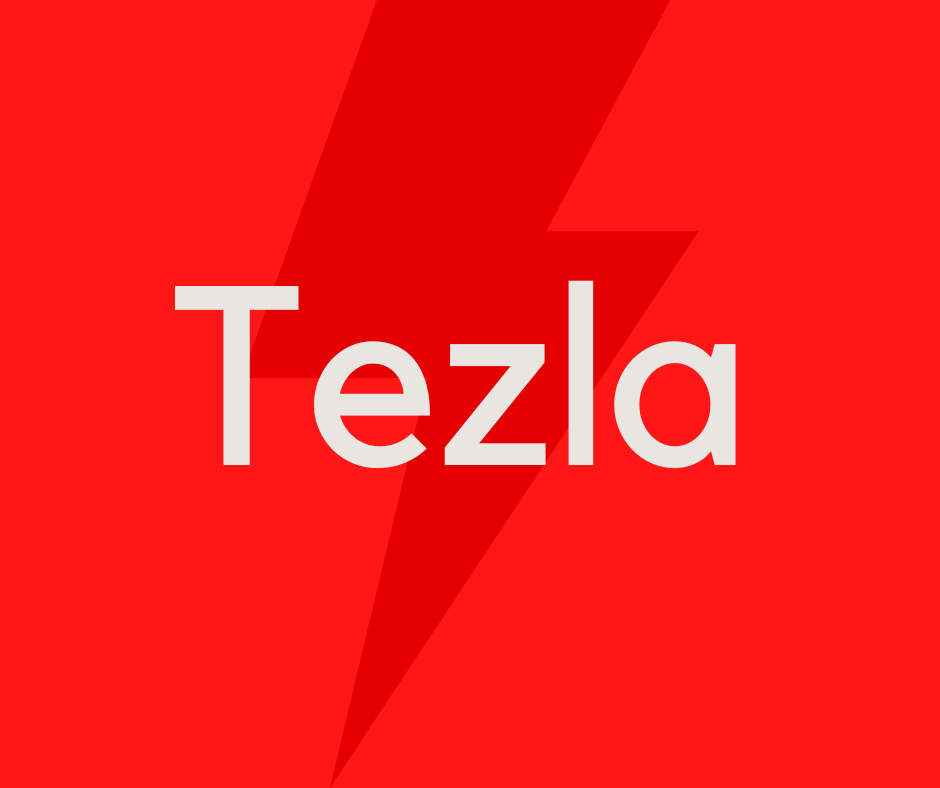The Future of Digital Advertising: First-Party Data and the Pivotal Role of a CDP
- MOHD EZLI MASHUT
- 4 Okt 2023
- 3 min membaca

By : Mohd Ezli Mashut & ChatGPT
Introduction
In the ever-evolving landscape of digital advertising, staying ahead of the curve is crucial for businesses seeking to maximize their reach and engagement.
With increasing privacy regulations and the growing demand for personalized experiences, the role of first-party data and Customer Data Platforms (CDPs) has become pivotal in shaping the future of digital advertising.
In this article, we'll take an in-depth look at the importance of first-party data and how CDPs are revolutionizing the way businesses connect with their audiences.

The Changing Landscape of Digital Advertising
Digital advertising has come a long way from its early days of banner ads and pop-ups. Today, it encompasses a vast ecosystem of channels, including social media, search engines, video streaming platforms, and more. However, this evolution has brought both opportunities and challenges for advertisers.
1. Privacy Regulations: Data privacy regulations like GDPR and CCPA have tightened control over user data, making it increasingly challenging for advertisers to rely on third-party data sources. As a result, the focus has shifted towards first-party data, which is collected directly from customers with their consent.
2. Consumer Expectations: Modern consumers expect personalized and relevant content. Generic advertising messages are often ignored or even perceived as invasive. To meet these expectations, advertisers need to leverage data effectively to deliver tailored experiences.
3. Data Quality: Relying on third-party data can result in inaccuracies and outdated information. First-party data, on the other hand, is typically more accurate and up-to-date since it comes directly from customer interactions.

The Necessity of First-Party Data
First-party data refers to information collected directly from your audience. It includes data such as customer demographics, purchase history, website behavior, and engagement metrics. Here's why it's so crucial in the future of digital advertising:
1. Trust and Consent: First-party data is collected with the consent of your customers, establishing trust and transparency. This is essential in a landscape where privacy concerns are paramount.
2. Quality and Accuracy: Unlike third-party data, which can be outdated or unreliable, first-party data is typically more accurate and provides a better understanding of your customers.
3. Personalization: First-party data enables highly targeted and personalized advertising campaigns, increasing the chances of conversions and customer loyalty.
4. Compliance: With stringent privacy regulations in place, relying on first-party data helps businesses stay compliant while still delivering effective advertising campaigns.

The Role of a Customer Data Platform (CDP)
A Customer Data Platform (CDP) is a central hub that collects, organizes, and activates customer data from various sources. It plays a pivotal role in harnessing the power of first-party data for digital advertising. Here's how:
1. Data Consolidation: CDPs collect data from a variety of touchpoints, such as websites, mobile apps, email, and offline interactions. This comprehensive view of customer data allows for more accurate targeting and segmentation.
2. Unified Customer Profiles: CDPs create unified customer profiles by stitching together data from different sources. This enables advertisers to gain a holistic understanding of each customer's preferences and behaviors.
3. Real-time Personalization: With real-time data updates, CDPs empower advertisers to deliver personalized content and offers at the right moment, increasing engagement and conversions.
4. Ad Campaign Optimization: CDPs can help optimize ad campaigns by providing insights into which strategies are most effective, allowing for continuous improvement and better ROI.
Conclusion
The future of digital advertising revolves around first-party data and the strategic use of Customer Data Platforms (CDPs).
Advertisers must adapt to changing privacy regulations and consumer expectations by prioritizing the collection and utilization of first-party data.
A well-implemented CDP can serve as the backbone of data-driven advertising strategies, enabling businesses to deliver more personalized and effective campaigns while maintaining compliance with privacy regulations.
As the digital advertising landscape continues to evolve, those who embrace first-party data and CDPs are poised to thrive in the new era of advertising.

.png)
.png)








Komen